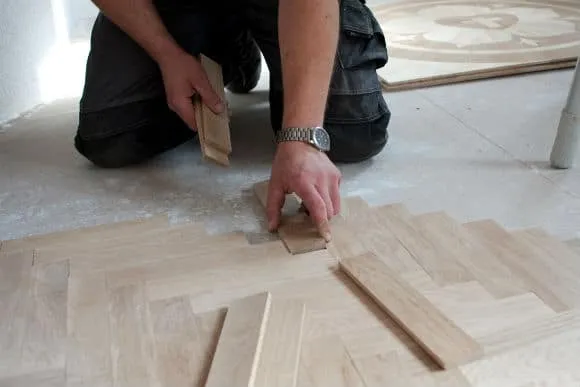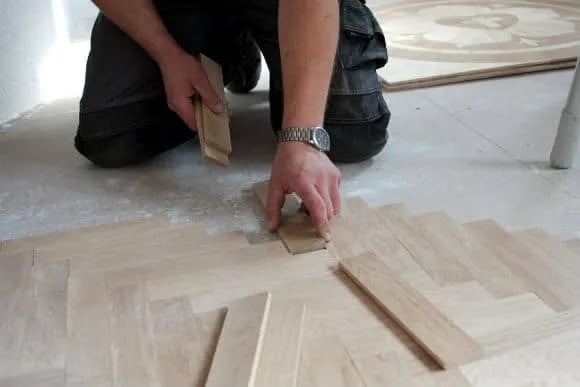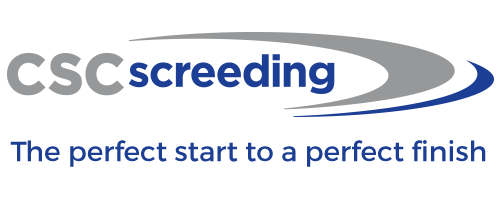
A Guide to Getting the Perfect Wood Floor

Is your screed dry? If not, what are the risks?
Surface irregularities that exceed allowable tolerances and high moisture content of screeds can cause a range of problems in a wooden floor, such as buckling, cupping, crowning, squeaking and cracking. Installing wood flooring without solving moisture and surface regularity issues in the substrate could eventually cause irreparable damage to flooring
Wood floor problems resulting from high relative humidity levels that occur during wet weather can be prevented easily by laying the floor with adequate expansion gaps around the perimeter of the room. But when these problems are caused by excessive moisture in the screed layer, maintaining peripheral gaps around the floor will not help. Since there will be little room for the moisture trapped underneath to escape, it will build up and migrate into the floor, leading to cupping, crowning and buckling.
Besides excessive moisture in the substrate, surface regularity problems like bumps and dips that exceed permissible tolerances will prevent the floor from laying flat on the substrate. Squeaking and even cracking may occur when people walk on floor areas detached from the base.
All these problems can be avoided by ensuring that the screed has been laid and dried correctly. For this, you should pay attention to:
Moisture Content
Problem:
When a wooden floor is installed before the screed has dried completely, the substrate will retain the moisture for a longer period. Over time, moisture will lead to discoloration, mould growth and excessive expansion in the final covering, causing cupping, crowning and buckling. On the other hand, sudden moisture loss (e.g. when the UFH system is used) can result in excessive contraction possibly followed by slim gaps between wood floor boards. Loose boards will cause the floor to squeak and crack.
Solution:
To prevent floor damage due to moisture, allow the screed to dry for the amount of time prescribed or use a fast-drying screed formulation to meet tight time constraints when needed. Also, surface applied damp proof membranes (DPMs) could be applied under the screed. These membranes can prevent the moisture present in the substrate from rising up and affecting the wooden floor.
In addition, a reliable moisture assessment test should be carried out before the installation of the final floor finish. Though the calcium carbide test involves an invasive procedure, it is the most accurate method to determine the moisture content of screeds. If moisture is still present in the screed, surface DPMs can be used to control the dissipation of moisture vapour from the substrate. Certain surface DPMs protect final floors from both residual moisture and rising damp, and can be used in applications where moisture levels in screeds are as high as 98 percent.
Surface Regularity and Departure from Datum
Problem:
Undulations in the screed surface and departure from datum are two problems that cannot be avoided when installing screeds. According to the British Standards, the permissible deviation of the screed surface, commonly referred to as surface regularity or flatness, may range from ±3mm in high-standard applications and ±5mm in commercial projects to ±10mm in utility-standard flooring. Departure from datum, or levelness, should not exceed ±15mm in large rooms.
Solution:
Surface regularity is assessed based on the deviation from a 2m-long straightedge laid on the screed surface. When flatness deviations exceed allowable tolerances, areas of high spots can be lowered by grinding. Conversely, adequate self-levelling compounds can be used to fill in low spots and achieve finer tolerances. When selecting self-levelling compounds, consideration should be given to the minimum thickness recommended by the manufacturer and maximum screed depth specified in the project description.
Departure from datum is typically assessed with modern laser levels, which deliver the most accurate method for measuring this type of deviation. When the screed is below the datum level, self-levelling compounds can be applied to meet the minimum thickness. When the screed layer is too thick, grinding it down is the least efficient method to level it. To avoid this problem, an accurate assessment of levels should be carried out to eliminate the risk of error.
To ensure compliance with flatness and levelness specifications, the maximum permissible tolerances for surface regularity and departure from datum of the finished surface should be included in project requirements. When detailed specifications are provided, professional screeders are able to deliver work that is close to perfection in each sense of the word, without remediation. But even when screeding projects are carefully planned, unfavourable site conditions can lead to unexpected problems. In this case, the best screeders know what remedial measures must be implemented to solve issues and deliver screeds that comply with specifications.
At BuilderScreed, we have combined our knowledge, skills and experience with the best materials and quality control systems to deliver quality results and real business benefits. To find out how BuilderScreed can help you with your construction project, call us at 0845-500-4055 or require a free consultation.
